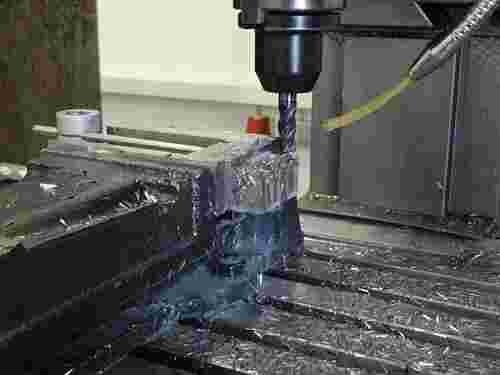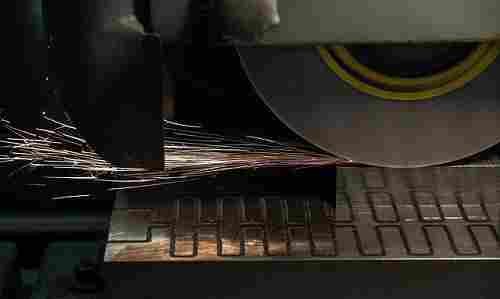Machines in Mechanical Engineering for Production Process
Lathe Machine
The main function of a lathe is to remove metal from a piece of work to give it the required shape and size. The lathe is most versatile of all machine tool which is used to machine cylindrical shapes. The tool is moved parallel to the axis of rotation of work piece to produce a cylindrical surface. The tool should be requires harder than the material of work piece to cut the material. A single point cutting tool is used as the cutting tool. The work piece rotates about an axis of rotation to perform various operations. The lathes are also called as Turning machines.
Lathe Operations:
- Turning
- Facing
- Thread Cutting
- Knurling
- Drilling
- Boring
- Grooving
- Reaming

Drilling Machine:
Drilling is a process of producing cylindrical holes in a solid material using a drill bit. The drilling machine is a single purpose machine for the production of holes. Drilling is generally the best method of producing holes. The drill is a cylindrical bar with a helical flutes and radial cutting edges at one end. The drill is easily controlled both in cutting speed and feed rate. The drilling machine is probably one of the original machining processes and is the mostly used.
Factors for selection of drilling machines:
- Material to be drilled.
- Hole size.
- Hole quality.
- Speed and feed required.
- Depth of hole.
- Need for coolant.
- Capacity of drilling machine.
- Method of work handling.
- Through or blind hole.

Milling Machine:
Milling machine is a machine tool in which metal is removed by means of a revolving cutter with many teeth, each tooth having a cutting edge which removes metal from a work piece. Milling machines are used to machine flat or curved surfaces on the work piece.
A milling operation is an operation that removes metal as the work is fed against a rotating multipoint cutter. The cutter rotates at a high speed and removes metal at a very fast rate. The milling machine gives probably the fastest production with very high accuracy. It is widely used in mass production and very versatile machine tool.
Milling Operations:
- Plain Milling
- Form Milling
- End Milling
- Face Milling
- T-slot Milling
- Gang Milling
- Side and Face Milling
- Slitting

Grinding Machine:
Grinding is a finishing operation used for final finish and super finish. Grinding is the process of removing the material in the form of a small chips by mechanical action of abrasive particle bonded together in a grinding wheel. The action of a grinding wheel is similar to that of a milling cutter. There are various types of grinding. The most common one is surface grinding. The material removing rate in grinding operation is comparatively less as compared to other machining processes. The accuracy in dimensions in grinding is of the order of 0.000025 mm in most applications it tends to be a finishing operation and removes comparatively little metal about 0.25 to 0.50 mm depth.
Types of Grinding Operations:
- Surface Grinding
- Cylindrical Grinding
- Centreless Grinding
- Internal Grinding
- Tool and Cutter Grinding
- Special Grinding Processes





